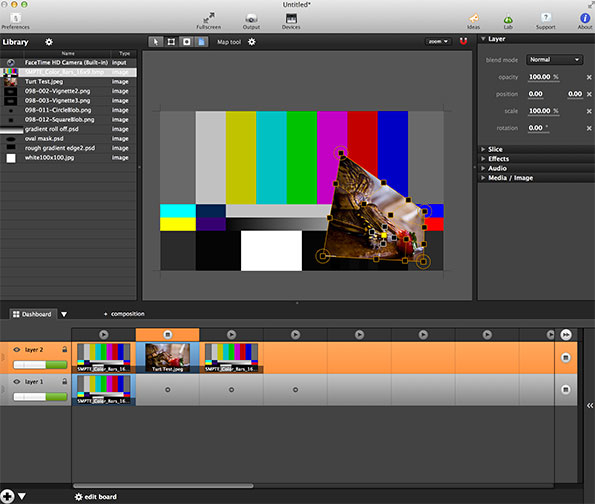

Let’s say you have a flashlight and a sheet of bubble wrap. You do this through the multiplication of the matrices. You take the filter and apply it pixel block by pixel block to the input image. You have an input image, a feature detector, and a feature map. The convolutional layer is always the first step in a CNN. The main purpose of the convolution step is to extract features from the input image. What are the basic building blocks of a CNN? Convolution The color can be found by combining the values in each of the three layers. Each one of those colors has its own value between 0 and 255. The greyscale exists between those numbers.) Based on that information, the computer can begin to work on the data.įor a color image, this is a 3D array with a blue layer, a green layer, and a red layer. (Zero is completely black and 255 is completely white. Every pixel has a value between 0 and 255. Each layer increases the complexity of the learned features.įor a black and white image, those pixels are interpreted as a 2D array (for example, 2x2 pixels). CNNs learn feature detection through tens or hundreds of hidden layers.

This makes deep learning models extremely accurate for computer vision tasks. The features are not trained! They’re learned while the network trains on a set of images.
#BEST IMAGE TYPE MILLUMIN 2 MANUAL#
This eliminates the need for manual feature extraction. In a fully connected layer, each neuron receives input from every element of the previous layer.Ī CNN works by extracting features from images. In a convolutional layer, neurons only receive input from a subarea of the previous layer. Fully connected layers connect every neuron in one layer to every neuron in the next layer.Pooling combines the outputs of clusters of neurons into a single neuron in the next layer.This passes the information on to the next layer. Convolutional layers apply a convolution operation to the input.The hidden layers usually consist of convolutional layers, ReLU layers, pooling layers, and fully connected layers. This is the way that a CNN works!ĬNNs have an input layer, and output layer, and hidden layers. The receptive fields of different regions partially overlap so that the entire field of vision is covered. In a mammal’s eye, individual neurons respond to visual stimuli only in the receptive field, which is a restricted region. The pattern of connectivity in a CNN comes from their research regarding the organization of the visual cortex. They’re based on some cool research done by Hubel and Wiesel in the 60s regarding vision in cats and monkeys. CNNs can be used in tons of applications from image and video recognition, image classification, and recommender systems to natural language processing and medical image analysis.ĬNNs are inspired by biological processes. This means that they can learn the filters that have to be hand-made in other algorithms. Compared to other image classification algorithms, CNNs actually use very little preprocessing. This means that this type of network is ideal for processing 2D images. Input ->Convolution ->ReLU ->Convolution ->ReLU ->Pooling -> ReLU ->Convolution ->ReLU ->Pooling ->Fully ConnectedĪ CNN convolves (not convolutes…) learned features with input data and uses 2D convolutional layers. You can look at a picture and know that you’re looking at a terrible shot of your own face, but how can a computer learn to do that?Ī classic CNN architecture would look something like this: Image classification is the process of taking an input (like a picture) and outputting a class (like “cat”) or a probability that the input is a particular class (“there’s a 90% probability that this input is a cat”). They’re working hard behind the scenes in everything from healthcare to security. They can be found at the core of everything from Facebook’s photo tagging to self-driving cars. They’re most commonly used to analyze visual imagery and are frequently working behind the scenes in image classification. CNNs represent a huge breakthrough in image recognition. The convolutional neural network (CNN) is a class of deep learning neural networks.


 0 kommentar(er)
0 kommentar(er)
